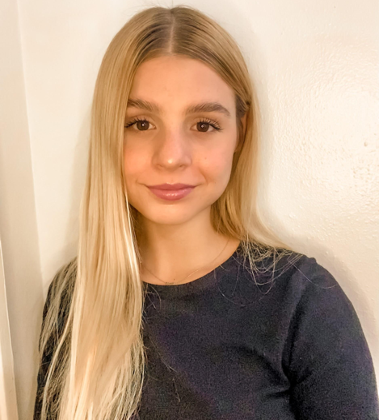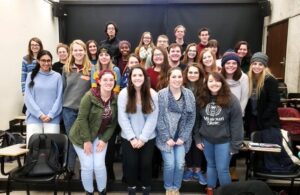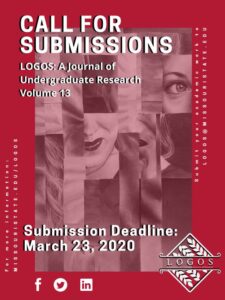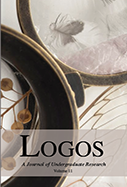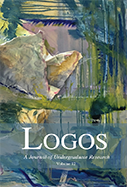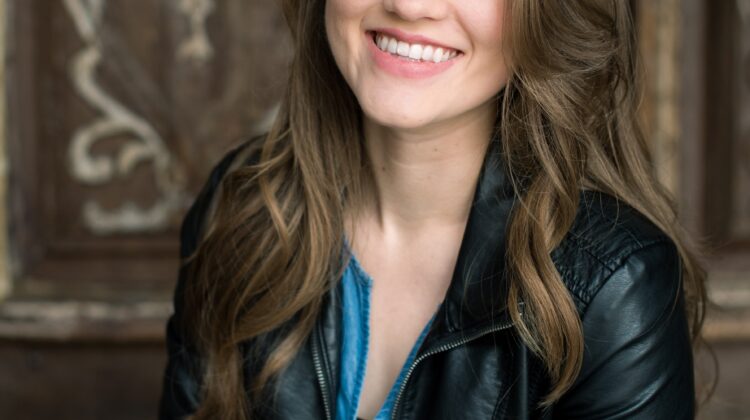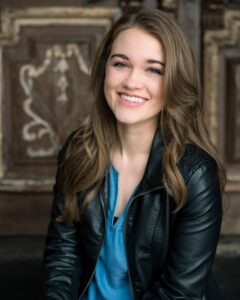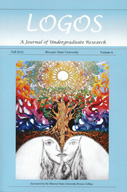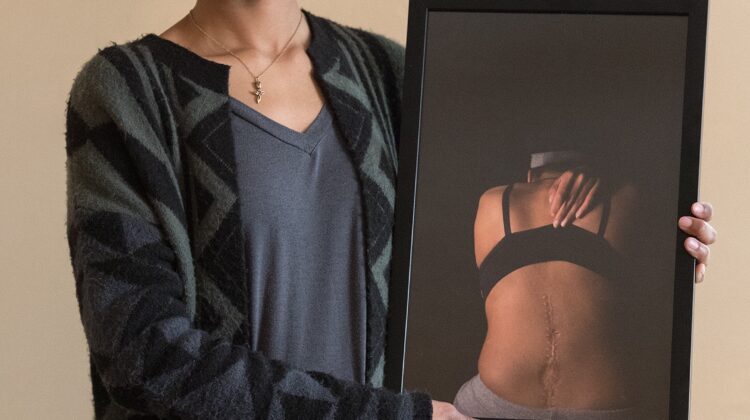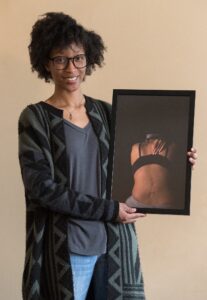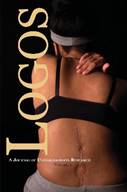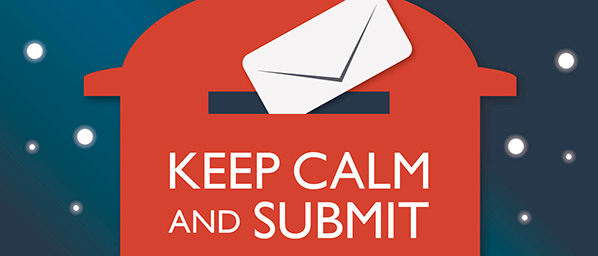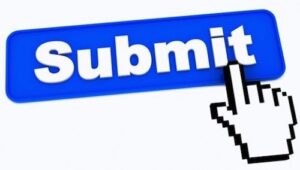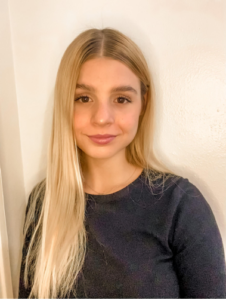
Hello, everyone!
My name is Kennie Knauth and I am the Social Marketing Editor for this year’s publication of LOGOS. I am a junior at Missouri State University (MSU) majoring in Professional Writing with a minor in Spanish. I am also getting a certificate in Advocacy Writing. Apart from being involved in the Honors College and LOGOS, I am a student worker for the College of Health and Human Services in their technology department, the secretary of the American Association of University Women, and a member of Sigma Sigma Sigma. These organizations have made MSU feel like home these past two years, and I am excited to have found my niche within LOGOS.
What’s your background?
I am from Liberty, Missouri, which is a suburb right outside of Kansas City. I have a big family with seven siblings. Having so many people in one house definitely made me grow accustomed to chaos, which is a skill that now helps me navigate my busy schedule. I have always had a deep love for writing. In my childhood, I would hoard all the paper, pencils, and binders I could find and tuck them away in my office (which was really just my closet). I continued to cultivate my talent for English throughout my years of schooling. As I did this, my love for writing continued to grow, and I knew right away my major had to include some form of my passion when it was time for me to go to college. This is when I decided that Professional Writing was the right move for me.
Many people ask me what Professional Writing is and what I plan on doing with it. This is a somewhat difficult question since this major qualifies me for endless employment opportunities, many of which I still have yet to explore thoroughly. Right now, I plan on eventually working for a non-profit organization as a writer that creates any and all documentation needed.
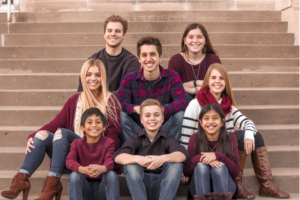
Why did you join LOGOS?
I first heard about LOGOS my freshman year when I was living in Scholars House. I knew immediately that it was an organization I wanted to join, but I put it off for a year while I got settled into college life. I joined my sophomore year as a Peer Reviewer. Being able to work in a tight-knit group reviewing the work of other students was an amazing experience. I learned that it is important to first edit for content and to leave the grammatical errors for a different editing process. This was exactly the type of learning I hoped to grow in with LOGOS. Overall, the talented people within this organization and the chance to gain skills within my career path are the reasons I decided to join.
What do you plan on doing with this position?
There is a lot I hope to accomplish in my position of Social Marketing Editor, but there are specifically two big goals that stick out. My first main goal this year is to develop a uniform look for our Instagram account. Within the last year, I have become acquainted with creating presets in the Lightroom app. This is an application that allows you to make certain colors in a picture pop. Once a preset is created, you are able to apply it to any photograph with just one click. Last spring, I created a preset that I now use for my personal Instagram account. This preset makes red colors stand out, and makes the green colors appear more muted. Prior to my creation and use of this preset, my personal Instagram account looked chaotic. My account now looks very put together as each of my pictures contain a unifying color scheme. This kind of consistent look is what I am striving to achieve with the LOGOS Instagram. After hours of trying to make the perfect preset, I have created one that I absolutely love for our account. This preset makes red colors pop while making blues and greens less vibrant. Other than creating a more uniform look, I intend to introduce the majority of the LOGOS staff on our platforms. To do this, I am hoping to provide a picture and a brief introduction of a staff member each week on Instagram and Facebook. This will help our followers feel more connected and engaged to the people in our organization.
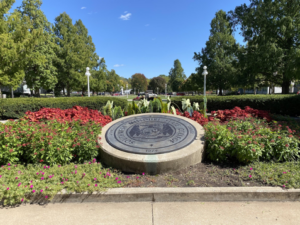
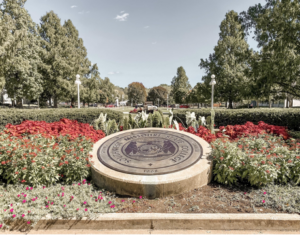
Closing
LOGOS continues to provide me with several ways to develop skills in my professional field. I am extremely excited to continue to develop our social media platforms, especially as reviewing season kicks into full swing. While the way LOGOS functions this year is a little bit different due to COVID-19, we are making the best of the opportunities we still have. We can’t wait for everyone to see our hard work.

